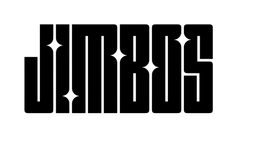One-Step Polish vs All-in-One Polish – What’s the Difference?
They sound the same, but they’re completely different. One is for real correction. The other hides damage temporarily. Here’s the truth behind one-step polish vs. all-in-one polish.
What Is an All-in-One (AIO) Polish?
All-in-one polishes usually contain:
- ✔️ Light abrasives for minor swirl removal
- ✔️ Glaze or fillers to hide deeper defects
- ✔️ Some form of wax or sealant for protection
They’re made for speed—not long-term results.
Downside? Once the fillers wear off or the wax fades, you see the swirls again. Nothing was truly corrected.
What Is a One-Step Polish?
True one-step polishes like Picture Perfect Polish contain no fillers, no protection, and no gimmicks. Just abrasive technology that adapts to the pad.
Use a cutting pad for more defect removal. Use a soft pad for swirl-free finishing. One bottle. Real correction. Simple system.
- 🟥 Burgundy Pad = Cut and correct
- ⬛ Black Pad = Refine and finish
How to Tell the Difference
🧪 Smear Test: Wipe the polish on glass. If it smears or leaves a slick film, it likely has oils or protection added.
🧼 Control Test: Polish a test panel and wipe with IPA. If the defects reappear, it was just fillers.
🎯 Correction Test: Use a swirl finder light. True correction = swirls gone under any light.
Why One-Step Polish Wins Long-Term
If you want speed and real results, go one-step—not AIO.
- ✅ No reappearing defects
- ✅ No product conflict when applying ceramic coating
- ✅ Safer for delicate paint (because it’s pad-based)
Picture Perfect Polish isn’t hiding anything—it’s correcting everything.
Ready to Stop Masking Defects?
Grab the Perfect Paint Kit and experience the difference a true one-step makes.




